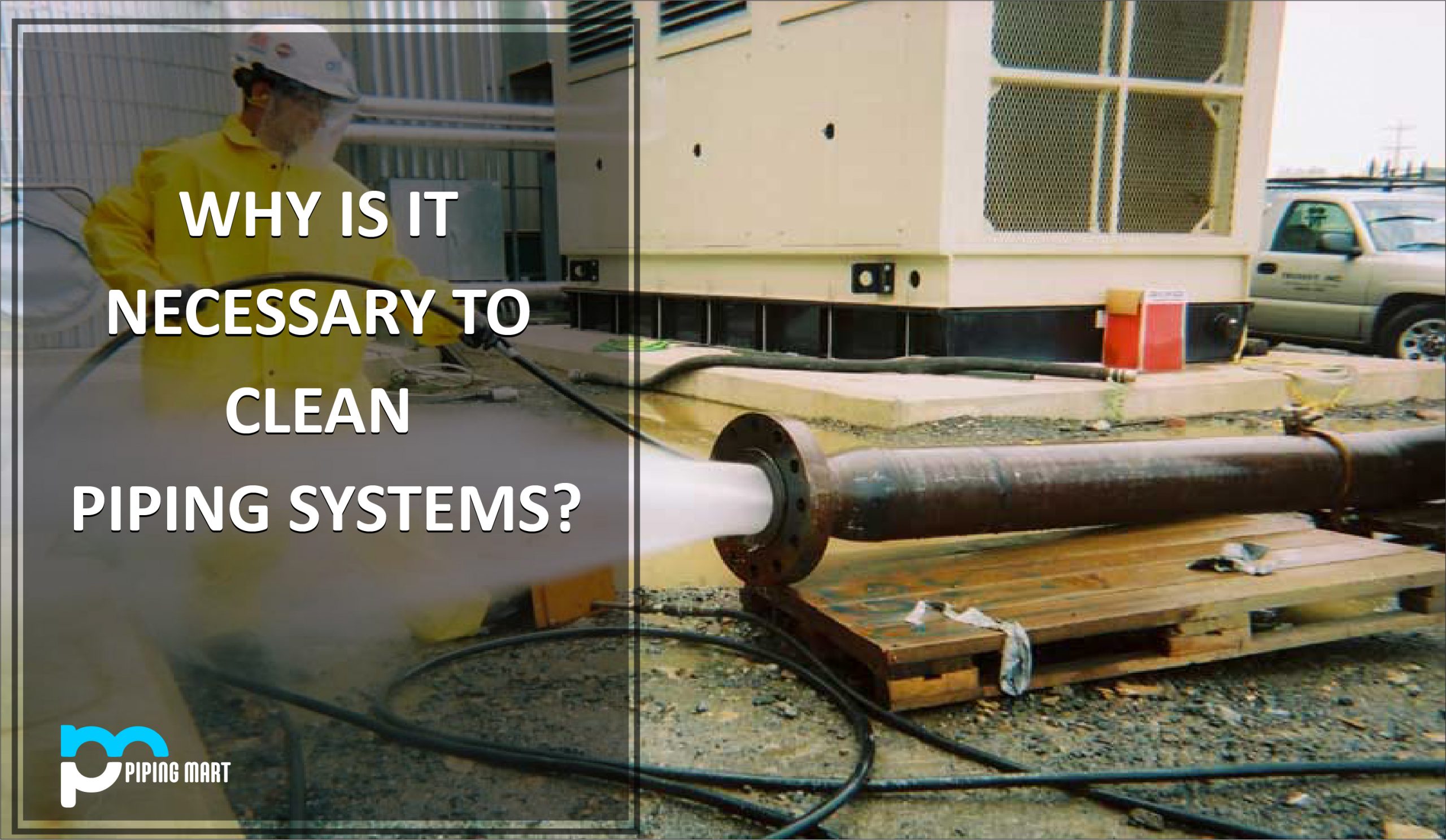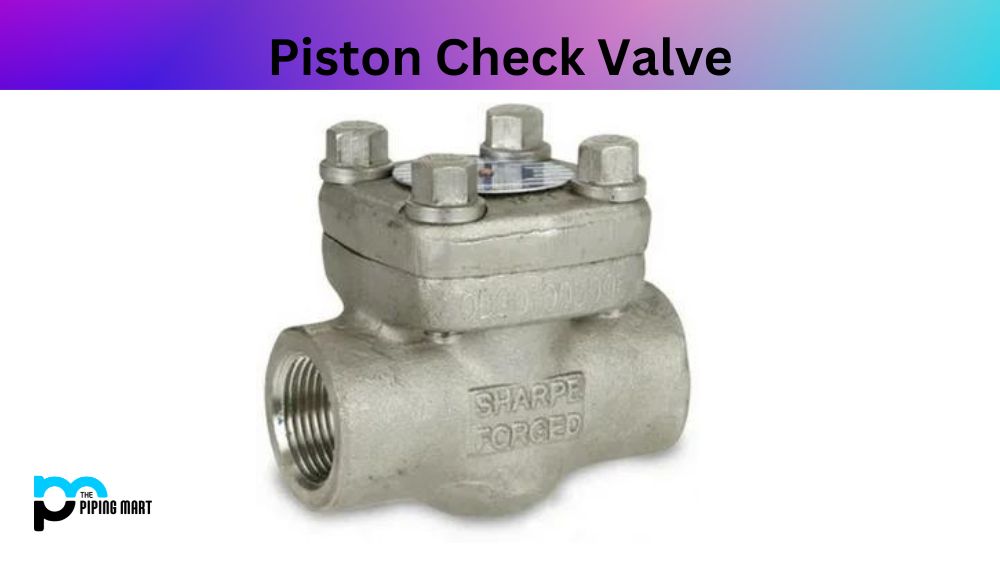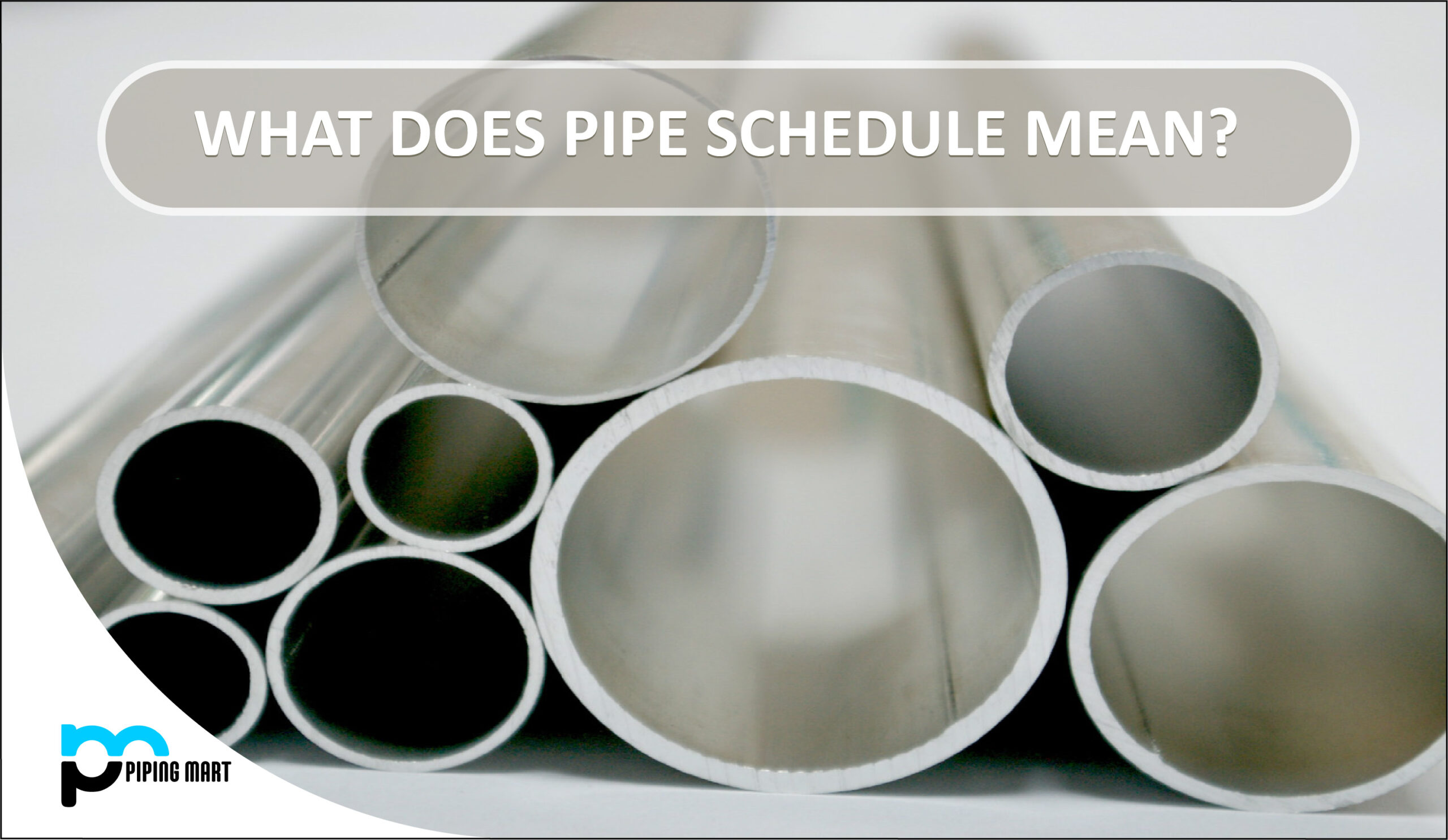Pipe contaminants of various types can have a harmful impact on piping systems. Dirt, iron impurities, oil, paint, grease, rust, mill scale, shop weld spatter, and moisture in low-temperature services are examples of contaminants. Cleaning of dirt or impurities is required in the process of constructing new pipe systems. Debris is described as dirt, grease, constructing materials including wood, wire, tools, welding waste, rust particles, and any other minor things that might be lost inside the diameter of pipe systems. Depending on the service needs, thorough cleaning of the piping systems is necessary.
Cleaning Necessities for Piping Systems
Water must be drained via all plumbing systems. Water draining is achieved by hydro-testing pipe systems. If there is still evidence of material in the water being removed, keep draining the water until there is no sign of unwanted debris.
Lines that need to be cleaned should be marked on the Mechanical Flow Diagrams. The restrictions will be defined by the Process Engineering Group (Process Department) depending on the service needs and machinery being safeguarded from impurities and pollutants created during construction.
Chemical cleaning of piping systems is required for certain process services. The process engineer is in charge of recognizing which services need chemical cleaning. The following are some examples of chemical cleaning services:
- Reciprocating Compression Suction Pipes
- Extremely High-Pressure Boiler Feed Water and High-Pressure Steam
- Product Shipping Lines (including Specialty Chemical or Catalyst Lines)
The engineer should be in charge of checking all efforts taken to eliminate material that might harm the fluid, including the supply of any emergency facilities for conducting the chemical cleaning operations.
The cleaning procedure utilized should be determined by the available facilities. Steam and detergent cleaning is significantly less expensive than cleaning with the use of acids and machinery. The type of contamination or debris to be eliminated must be specified in each design document.
After cleaning, all systems must be covered to keep dust and humidity out. Cleaning on-site using chemical cleaning solutions must be safe for all parts of the system; otherwise, any parts that might be damaged by the chemical solutions must be replaced immediately.
Cleaning solutions must be used and discarded in compliance with plant policy or local requirements (or both).
What methods are available for cleaning pipes?
- Mechanical Cleaning: Potential dangers include rotating shafts, brushes, compressed air, and flying dust. Use the safety devices specified by the worksite.
- Chemical Cleaning: Potential risks include acids and other chemical substances, boiling solutions, and sprays. Provide protective clothing, safety glasses, safety signs, and equipment for tidying up wasted chemical spills. Workers should avoid inhaling potentially hazardous fumes of ferroxyl solution (or other substances). When examining or cleaning in confined locations with little air circulation, sufficient airflow must be supplied.
- Vapour Cleaning: Chemical cleaning is related to steam, condensate, and other risks. To limit human contact, regulated vapor release in the air or condensation cooling by water sprays is required.

Pipingmart is B2B portal specializes in industrial, metal and piping products. Also, share latest information and news related to products, materials and different types grades to help business dealing in this industry.




